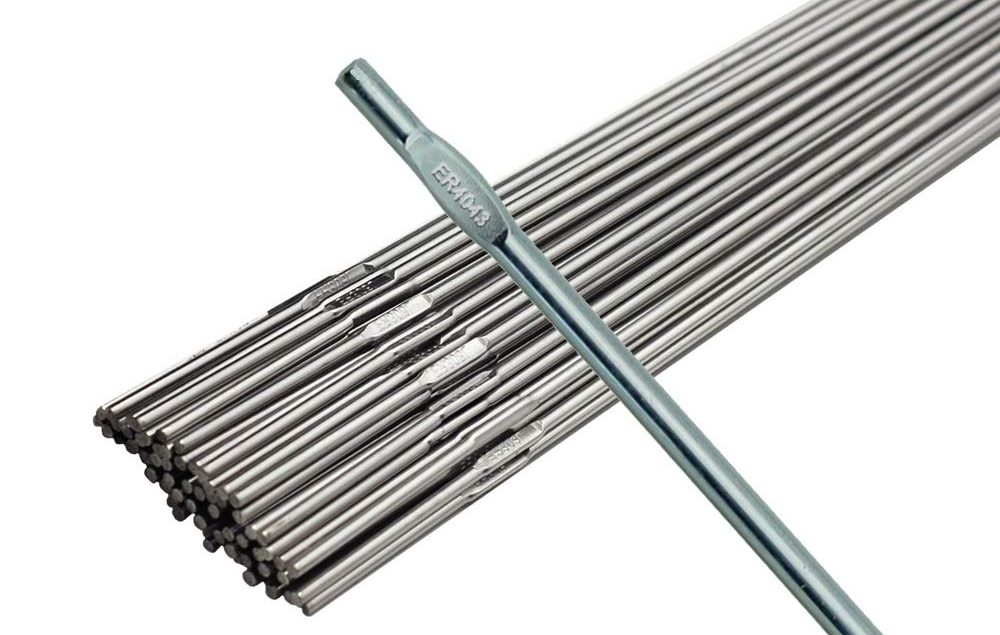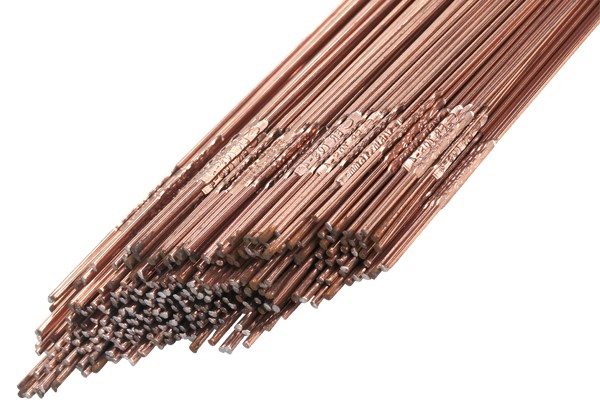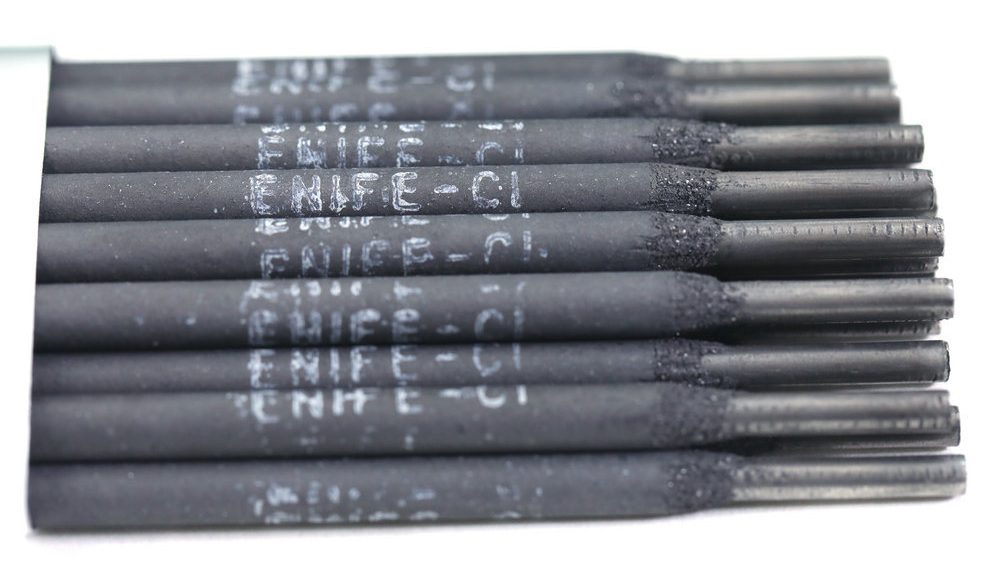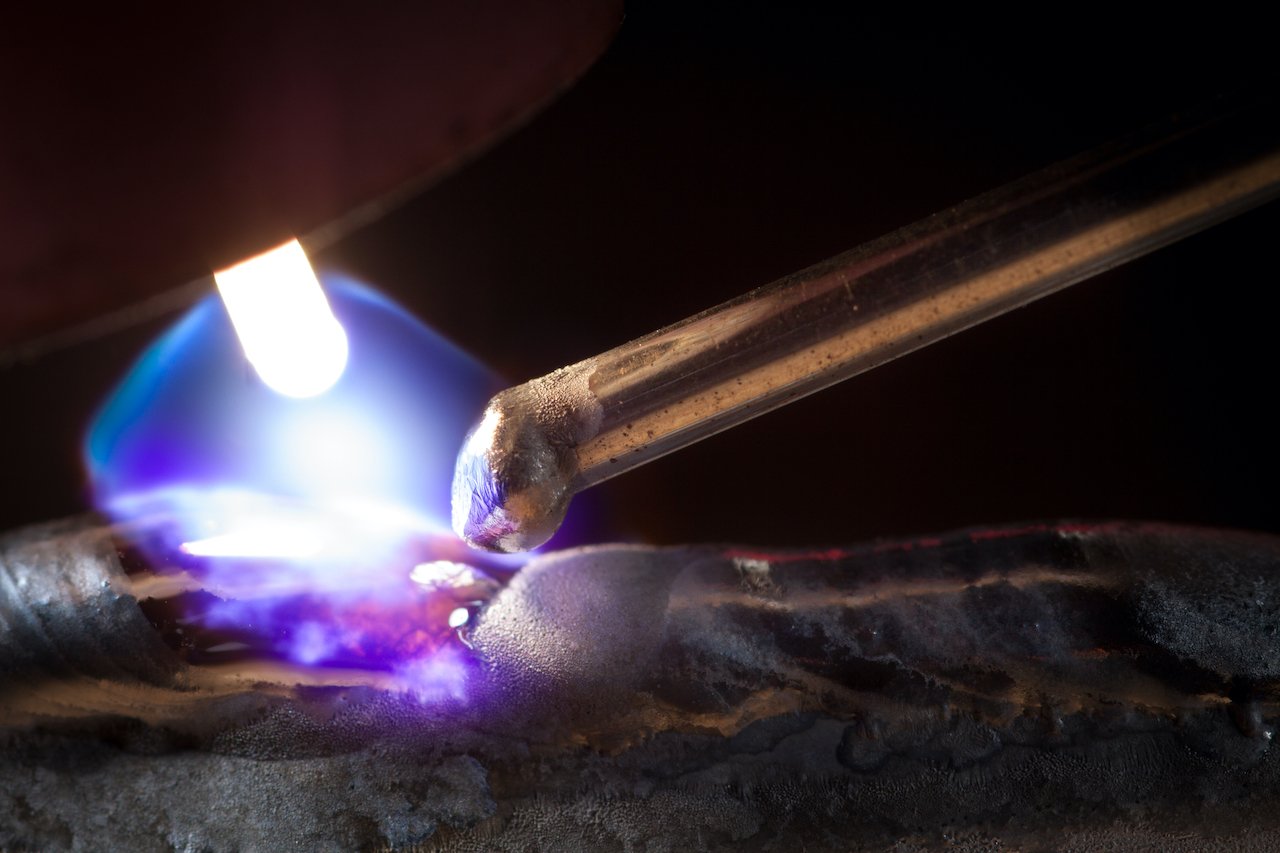Welding rods have the function of increasing the strength of the weld, and avoiding rust, so in TIG welding techniques, there are high requirements for the use of welding rods so that the technique is correct. In this article, weldfaq will share TIG welding rod types and How to choose right TIG welding rod. Scroll down to follow more!
TIG welding rod types
An inert tungsten electrode is used in TIG (Tungsten Inert Gas) welding to create the weld. The electrode is shielded from the air by an inert gas, typically argon or helium. There are several types of TIG welding rods, including:
Pure Tungsten: This is the most commonly used TIG welding electrode. It is made of pure tungsten and is suitable for welding a wide range of materials, including aluminum, magnesium, and copper alloys.
2% Thoriated: This electrode contains 2% thorium, which improves its conductivity. It is commonly used for welding steel and stainless steel.
2% Ceriated: This electrode contains 2% cerium, which improves its starting and stopping characteristics. It is commonly used for welding aluminum and magnesium alloys.
1.5% Lanthanated: This electrode contains 1.5% lanthanum, which improves its starting and stopping characteristics. It is commonly used for welding steel and stainless steel.
Zirconiated: This electrode contains zirconium, which improves its starting and stopping characteristics. It is commonly used for welding aluminum and magnesium alloys.
Rare earth: This electrode contains several rare earth elements, which improves its starting and stopping characteristics. It is commonly used for welding aluminum and magnesium alloys.
It is important to note that the type of TIG welding rod you choose will depend on the specific welding application and the materials being welded.
Best TIG welding rod for aluminum
The best TIG welding rod for aluminum is typically a pure aluminum rod or a 4043 aluminum rod.
Pure aluminum TIG welding rod is made of pure aluminum and is suitable for welding aluminum alloys such as 6061 and 6063.
4043 aluminum TIG welding rod is an alloy rod that contains silicon and is suitable for welding aluminum alloys such as 3003, 5052, and 6061.
4043 aluminum TIG welding rod has a lower melting point than the base metal, so it’s more forgiving and less prone to cracking. It also provides better corrosion resistance.
It is important to note that the choice of TIG welding rod will also depend on the specific welding application, the thickness of the material being welded, and the desired final properties of the weld.
Additionally, when welding aluminum, it’s important to use a shielding gas that is appropriate for the type of aluminum being welded. Argon or argon-helium mixtures are commonly used for TIG welding of aluminum.
Also, it’s important to remember that aluminum welding requires a high level of skill and experience, due to the properties of aluminum and the potential for warping or cracking if proper techniques are not used.

Best TIG welding rod for carbon steel
The best TIG welding rod for carbon steel is typically a mild steel TIG rod or a ER70S-2 TIG rod.
Mild Steel TIG rod is made of low carbon steel and is suitable for welding mild and low alloy steels. It provides good weldability and is easy to use.
ER70S-2 TIG rod is a general-purpose, mild steel welding rod that contains a higher level of deoxidizers, typically manganese and silicon. It provides better wetting and a cleaner weld, and it’s often used for welding mild and medium carbon steels, especially when the weldment is not going to be heat-treated. It’s also good for welding dirty or rusty steel.
It’s important to note that the choice of TIG welding rod will also depend on the specific welding application, the thickness of the material being welded, and the desired final properties of the weld.
Additionally, when welding carbon steel, it’s important to use a shielding gas that is appropriate for the type of steel being welded. Argon or argon-based mixtures are commonly used for TIG welding of carbon steel.

Best TIG welding rod for cast iron
The best TIG welding rod for cast iron is typically a nickel-based TIG rod such as the ENiFe-Cl or the ENiCu-7.
ENiFe-Cl TIG rod is a nickel-iron TIG rod that is specifically designed for welding cast iron. It’s composed of nickel, iron, and small amounts of chromium, which helps prevent cracking and porosity.
ENiCu-7 TIG rod is a nickel-copper TIG rod that is also suitable for welding cast iron. It’s composed of nickel, copper, and small amounts of iron, which helps prevent cracking and porosity.
It is important to note that cast iron welding is a challenging process and requires a high level of welding skill, experience, and knowledge about the properties of the cast iron and the welding process. The appropriate TIG rod will also depend on the specific cast iron alloy and the desired final properties of the weld.
Additionally, when welding cast iron, it’s important to use a shielding gas that is appropriate for the type of cast iron being welded. Argon or argon-based mixtures are commonly used for TIG welding of cast iron.

Frequently asked questions (Weld FAQ)
How to choose the right tungsten electrode for TIG welding?
TIG welding is an effective method for joining metals that are not compatible. These electrodes are essential to this procedure because they aid to direct the current required to create the arc.
Since varied sizes and designs are needed for various types of materials and welds, genuine tungsten electrodes are typically alloyed with a wide variety of other metals.
When selecting a tungsten welding rod, the power supply must be considered in addition to the material. Some rod types only function under direct current (DC), while others perform better under alternating current (AC).
Size of TIG welding rod?
TIG filler rods usually come in 3-foot lengths and are boxed in quantities of 10 or 50 pounds (or tubes). Typically, the diameter falls between 1/16 and 1/4 inches. In order to work with various metals, the filler rods are also produced with a variety of alloys.
Bottom Line
How to choose right TIG welding rod? Whatever the application, using the proper tungsten electrode will produce a higher-quality arc and better weld results. Although each style has benefits and drawbacks, you will undoubtedly select the one that best fits your project. Also you may be interested in How to choose right TIG welding rod for Stainless Steel.

